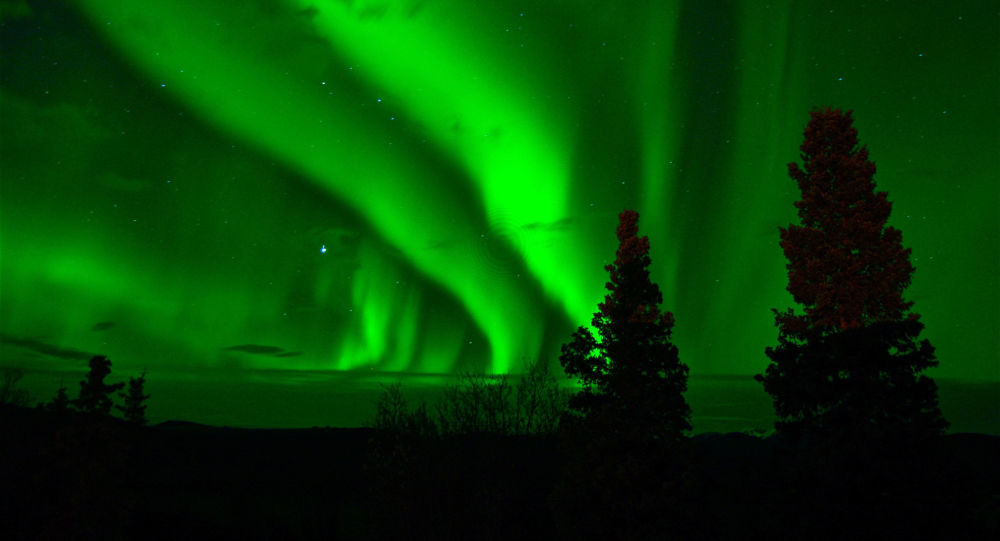NASA intern Jennifer Briggs, studying physics at Pepperdine University, has discovered a new type of polar lights, or auroras, that was caused solely by a crunch in the Earth's magnetic field. The physicist noticed an anomaly when studying footage filmed from an island in Norway three years ago and satellite data with the help of NASA scientists, The Business Insider reports.
This aurora borealis did not have energised particles from the sun dance colliding with atmospheric gases thereby producing the magic-looking lights, like other phenomena of the kind. When it was spotted, the sun was not showing any heightened activity, for example, eruptions. This made them conclude that the lights were caused by a mysterious compression of the Earth's magnetic field, shrinking suddenly and rapidly.
"The really fascinating thing is that nothing came from the sun to smash into it", Briggs noted.What prompted this "massive, but localised compression", which looked like something punched the magnetic field, is unclear. The edge of the bubble rushed towards the Earth by about 25,000 kilometres, taking just 1 minute and 45 seconds.
The researchers suggested that there might have been an unprecedented storm in the area where the solar particles sneak through our protective bubble, the magnetosphere. What caused the storm is not known.
"This motion is something that we've never seen before. This eastward and then westward and then spiralling motion is not something that we've ever seen, not something we currently understand", Briggs said.




Reader Comments
Nothing said by Mainstream science can be trusted until they reinstate the 20 unknowns in Maxwell's equations. Pretending that 4 equations are accurate to explain what Faraday and Maxwell set down is rubbish and OBVIOUSLY stupid.
WAKE UP!
We are closer every day to an unpleasant surprise.
But worry not, there are many other inhabited planets with more successful species on them
The earth is a giant battery, losing charge, until a new source arrives. All we need to do is insert conductors to draw out that charge.
Other planets, personally i ll stay here til my end
Has anyone considered that human-generated ionospheric heating ("HAARP") technology might be responsible?
Weren't both Russia and China engaged a "my HAARP is bigger than yours" game a few years back? Isn't a brief, localized raising/lowering of the ionosphere something HAARP was designed to accomplish?